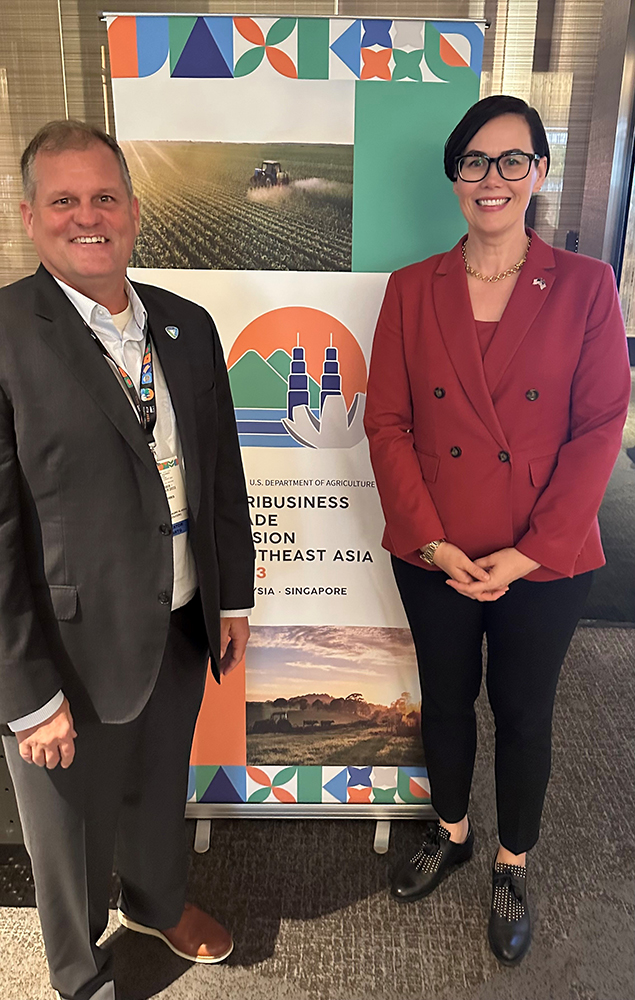
Attracting new customers in Malaysia is the focus of the latest sales effort of the Association of Genuine Alaska Pollock Producers (GAPP), based on market research that has identified the southeast Asia country of as a favorable market for wild Alaska pollock.
Conclusions of a recent market research study on current and potential future markets conducted for GAPP by McKinley Research Group in Anchorage, Alaska showed that Malaysians embrace wild Alaska pollock in both its fillet and surimi forms, with wild Alaska pollock and other whitefish being cooked at home as a center-of-the-plate entrée, with the head on and bones in, fried or cooked in sauce.
During Chinese New Year each February, fish is served with the head and tail on, signifying the start of and an end to the year. Surimi is also popular and available at noodle stalls, in fish balls, fish cakes and as a snack food in convenience stores.
“Malaysians are adventurous eaters, drawing their food culture from many other countries and cuisines, but unmistakably, Malaysia is a country of fish-eaters with annual consumption per capita totaling 1.7 metric tons with whitefish imports totaling 19,200 metric tons,” said GAPP Chief Executive Craig Morris, who participated in a U.S. Department of Agriculture trade mission to Malaysia and Singapore from Oct. 30 to Nov. 3.
“With a population that’s expected to grow by more than 19% by 2040, the opportunity is huge for wild Alaska pollock as the country will need to grow imports to match population growth and culinary desires,” Morris said.
On its first stop, in Kuala Lumpar, Malaysia, the group led by USDA Under Secretary for Trade Alexis Taylor and other commodity marketing association leaders, planned to tour a fish market and host a buyer reception for key export contracts in the country.
In Singapore, delegates planned to visit Singapore Agri-Tech Food Expo Asia and participate in the U.S.-Association of Southeast Asian Nations (ASEAN) Business Council Roundtable.
The McKinley Research Group study found Malaysians to have “avid fish eaters, an increasing demand for imported fish, a growing population that is mostly urban and a large middle/upper class,” all factors which ranked it favorably compared to the other more than 20 export markets ranked in the study.
Additionally, the research noted that Malaysia has the highest per capita seafood consumption among study countries (55 kg/per person) and a culture where everyone can consume fish.
“It’s exciting to be going to one of our most favorable markets to experience their culture and explore opportunities for the future of Wild Alaska Pollock first-hand,” Morris said.
